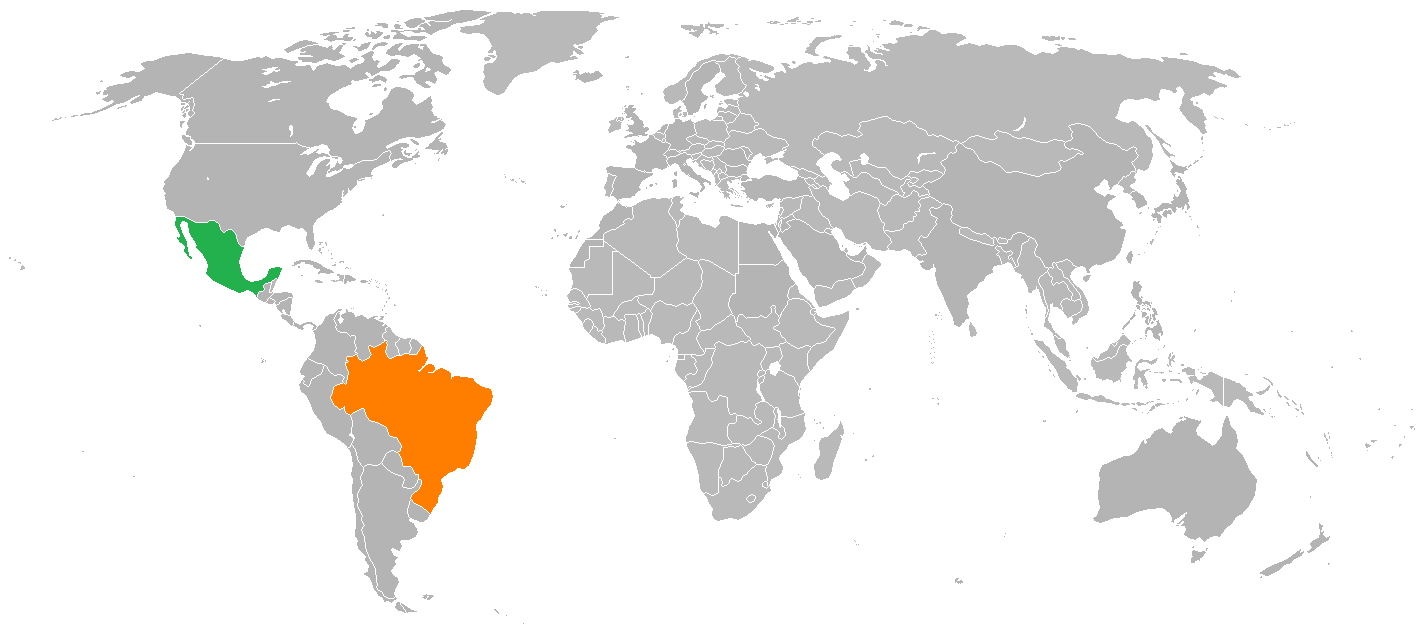By Juan Pablo Álvarez*
Over the last decade, Latin America has greatly diminished its relative weight in the world economy.
A good way to understand the extent to which it has regressed is to observe how the importance of its two major economies (Mexico and Brazil) in emerging markets has been reduced and how Asia has gained positions.
The exchange-traded fund (ETF) that invests in emerging markets (EMM) allocates only 7.35% of its holdings to Brazilian or Mexican companies.

Meanwhile, 0.9% is divided between Chile, Colombia, and Peru, the other countries covered.
- 4.76% of the shares of this ETF correspond to Brazilian companies (Vale holds the most significant weight).
- 2.59% of the shares of this ETF are held by Mexican companies (led by América Móvil).
- Only 0.55% of EEM’s shares are positioned in shares of Chilean companies (the most significant holding is in SQM shares).
- 0.26% of this ETF’s holdings are in Peruvian companies (the most prominent position is in Credicorp).
- 0.09% of the ETF is positioned in Colombian companies (with Bancolombia leading).
The manager of this fund is the US giant Blackrock, which also seeks to replicate the MSCI emerging market index with the EEM ETF.
Who is displacing the Latin American giants in the global concert?
Emerging Asia.
Asia occupies nearly 85% of the emerging market ETF’s holdings:
- 32.01% of this BlackRock ETF’s holdings are positioned in China.
- 15.51% in Taiwan.
- 13.13% in India.
- 11.87% in South Korea.
- 3.91% in Saudi Arabia.
- 2.14% in Thailand
- 1.9% in Indonesia
- 1.45% in Malaysia.
By comparison, an article published in February 2014 in FundsPeople showed that the MSCI Emerging Market Index, on which this ETF is based, assigned a 20.1% weight to companies from China and a mere 6.3% to those from India.
While the latter has increased notably over the last nine years, the opposite has happened with Brazil, which had a 10.51% weight at that time.
Meanwhile, Mexico’s weight was 5.39% and Chile’s 1.57%.
In other words, all the Latin American countries in question have lost more than 50% of their weight in the weightings of this type in less than a decade.
“Asia is recognized for having a much higher productivity in the economies and having economies much more concentrated in exports and efficiency, while Latin America is always two steps ahead and two steps behind,” said Diego Ferro, president of Wall Street’s M2M fund.
In addition, Ferro considered that Latin America was affected by the strength of the US dollar in recent years.
“The only currencies holding up are the ones that manage the economy very well.”
GDP HAS SHRUNK
According to the IMF, Brazil’s nominal Gross Domestic Product (GDP) meant 1.86% of the world economy in 2022, while 2012 represented 3.27%.
Meanwhile, Mexico’s GDP represented 1.6% of the economy in 2012 and 1.4% in 2022.
Argentina, the region’s third-largest economy, also decreased in weight.
In 2012, the country where Messi was born accounted for 0.77% of the world economy, and in 2022 it accounted for just 0.62% of the world’s gross product.
In those years, the world GDP expanded while the Latin American GDP contracted.
*He holds a degree in Journalism from Universidad Nacional de Lomas de Zamora, with a postgraduate degree in Investigative Journalism from Universidad Del Salvador, specializing in finance. Worked at Diario Perfil, Ámbito Financiero and El Cronista.
With information from Bloomberg

